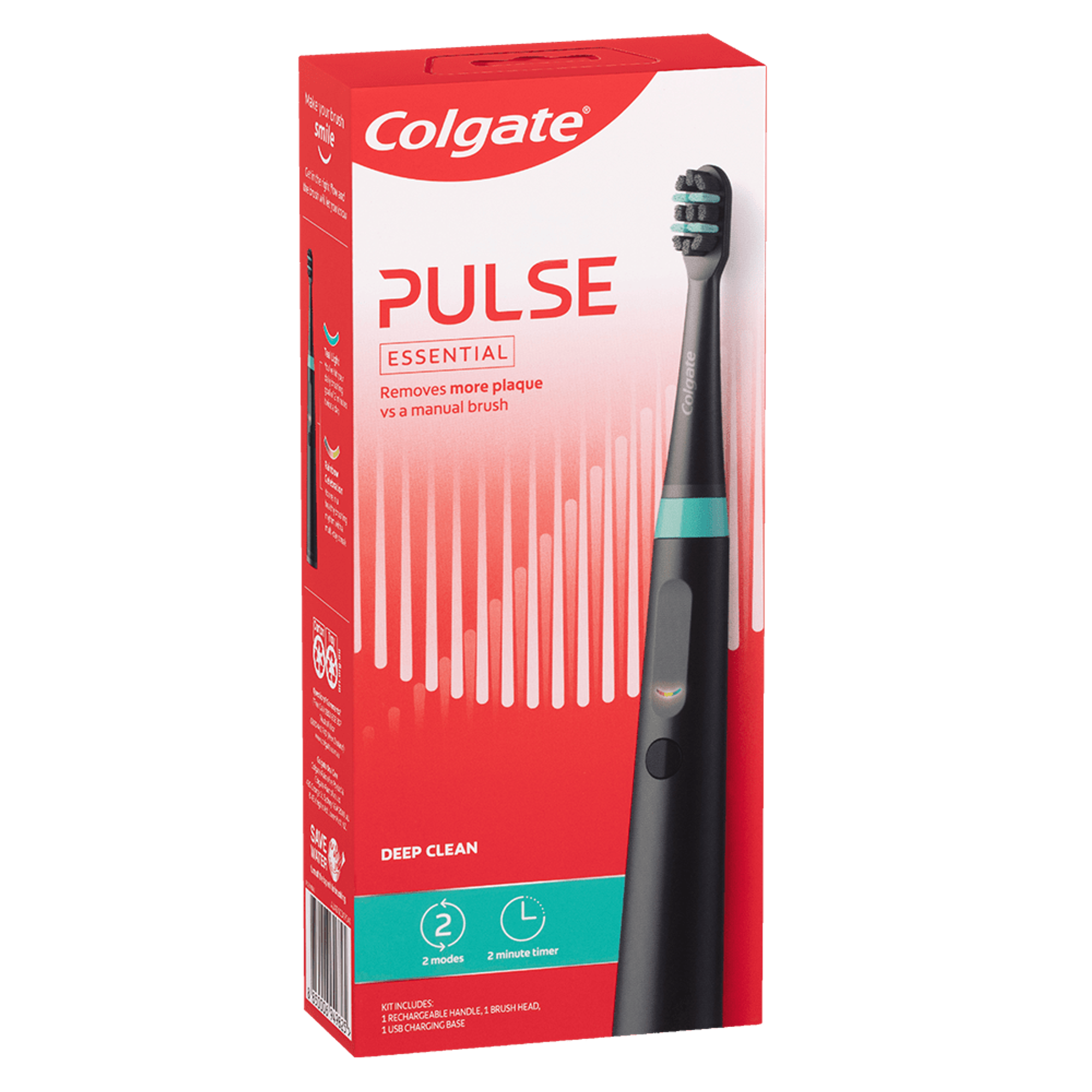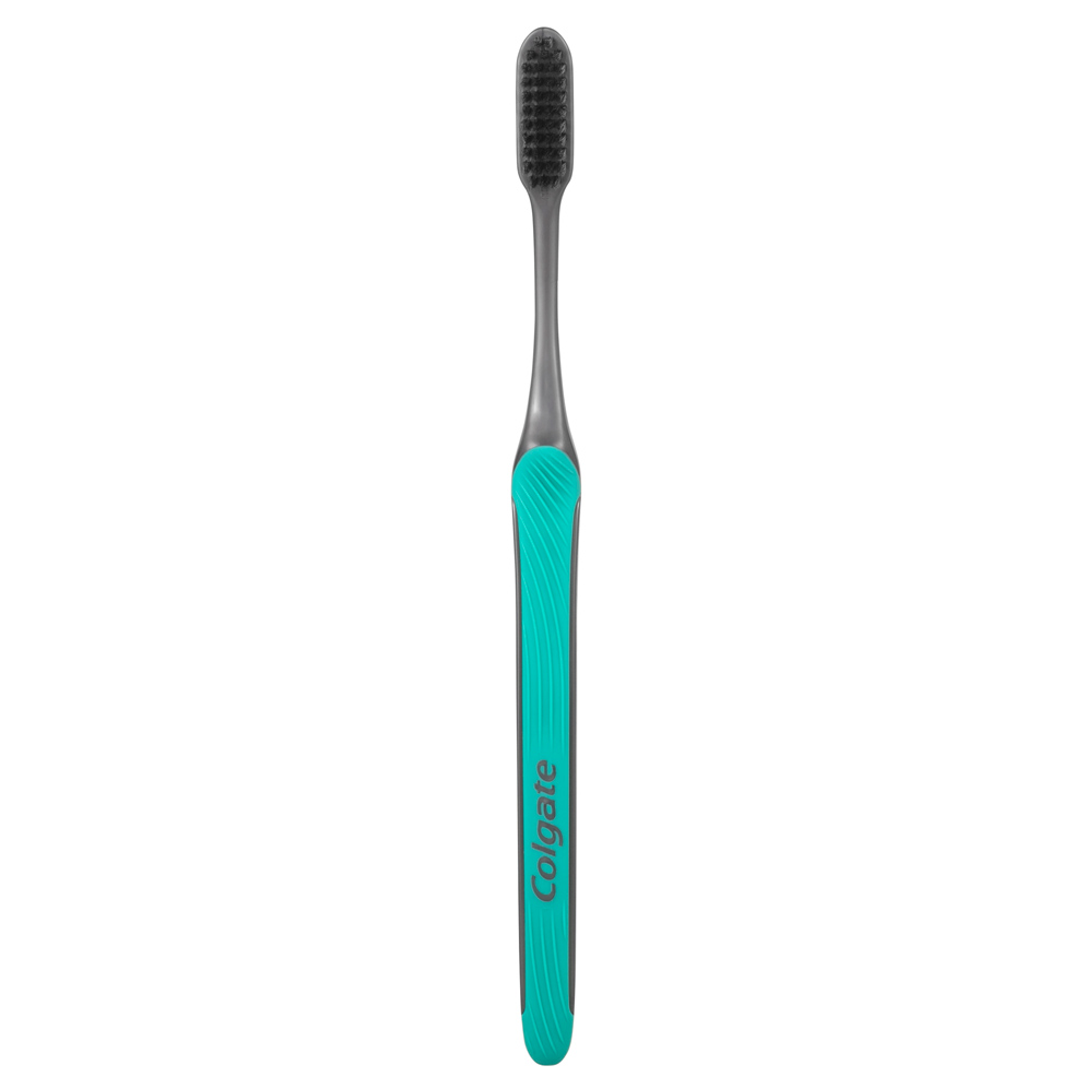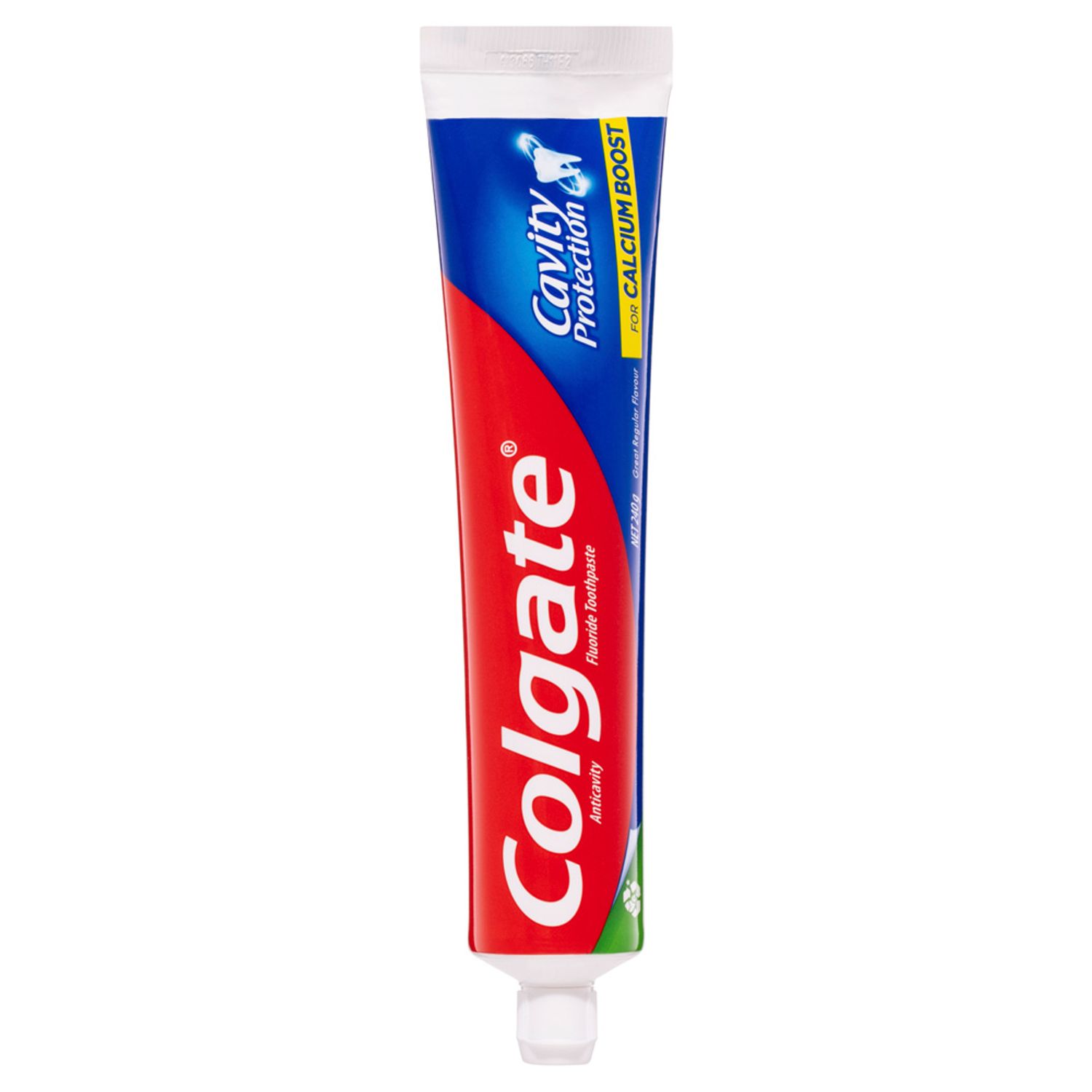-
-

BRUSHING & FLOSSING
How to BrushWhat Is the Right Way to Brush?
Proper brushing takes at least two minutes — that's right, 120 seconds!...

BRUSHING & FLOSSING
How To FlossWhat is the Right Way to Floss?
Proper flossing removes plaque and food particles in places where a toothbrush cannot easily reach... -
Science & Innovation
- Colgate® | Toothpaste, Toothbrushes & Oral Care Resources
- Oral Health
- A Step-by-Step Guide To Root Canal Therapy


The goal of the root canal therapy is to save a tooth that is severely infected. As Dental Health Services Victoria puts it, a dentist performs the procedure to replace damaged or infected pulp in the tooth's root canal with a root filling.
Modern techniques and technology have helped root canal procedures to evolve into relatively comfortable treatments that often require no more than one or two trips to the dentist or endodontist.
When is treatment needed?
Usually, root canal therapy is recommended or needed when there is an infection in the tooth that has caused irreversible damage to the pulp tissue. The pulp inside the tooth can become infected with bacteria due to injury or severe, untreated decay. Without treatment, the infection can become severe enough that the tooth has to be removed. If your dentist has recommended root canal therapy, here is a step-by-step guide as to what you can expect during and after the procedure.
How a root canal treatment is performed: step by step
As the State Government of Victoria points out, a root canal treatment is essentially a four-step process. Treatment is usually performed over one or more visits depending on the complexity of the case.
In the first step of the process, the dentist administers a local anaesthetic to numb the tooth. It's common to feel a bit of a pinch in the area when the injection goes in. After the tooth is numb, the dentist might place a dental dam, a small sheet of rubber that isolates the tooth to keep it clean and dry during the procedure.
Your dentist will then use very small tools, such as a small drill, to access the inside of the tooth by creating an opening in the top portion of the tooth. Next, the dentist will use small files to clear away the damaged and diseased pulp from the inside of the tooth. He or she will also use the files to shape the canal space inside the root/s and might irrigate the canal space to wash away any remaining pulp. Your dentist might also put an antimicrobial solution in the canal space to kill any remaining bacteria and reduce the risk of further infection.
Once the canal space is thoroughly cleaned and dried, the dentist will fill it. A rubber-like material called "gutta percha" is often used. Your dentist will close the opening in your tooth with a temporary filling while you wait for the permanent filling or crown.
After a few weeks, your dentist will finish the treatment by placing a permanent crown or a similar type of restoration on the top of the tooth. Depending on the condition of your natural tooth, the dentist may need to place a small supporting post inside of the root chamber to make the crown or restoration more stable.
After the procedure
Taking good care of your teeth and gums is a must after a root canal treatment. You might need to schedule an additional visit with your dentist to X-ray the treated tooth and to make sure that all signs of infection are gone, in addition to twice-yearly dental cleanings and exams. It's important to keep up a good oral care routine at home, including brushing twice a day with a fluoride toothpaste that fights bacteria.
This article is intended to promote understanding of and knowledge about general oral health topics. It is not intended to be a substitute for professional advice, diagnosis or treatment. Always seek the advice of your dentist or other qualified healthcare provider with any questions you may have regarding a medical condition or treatment.
Related Products

Helping dental professionals
More professionals across the world trust Colgate. Find resources, products, and information to give your patients a healthier future











